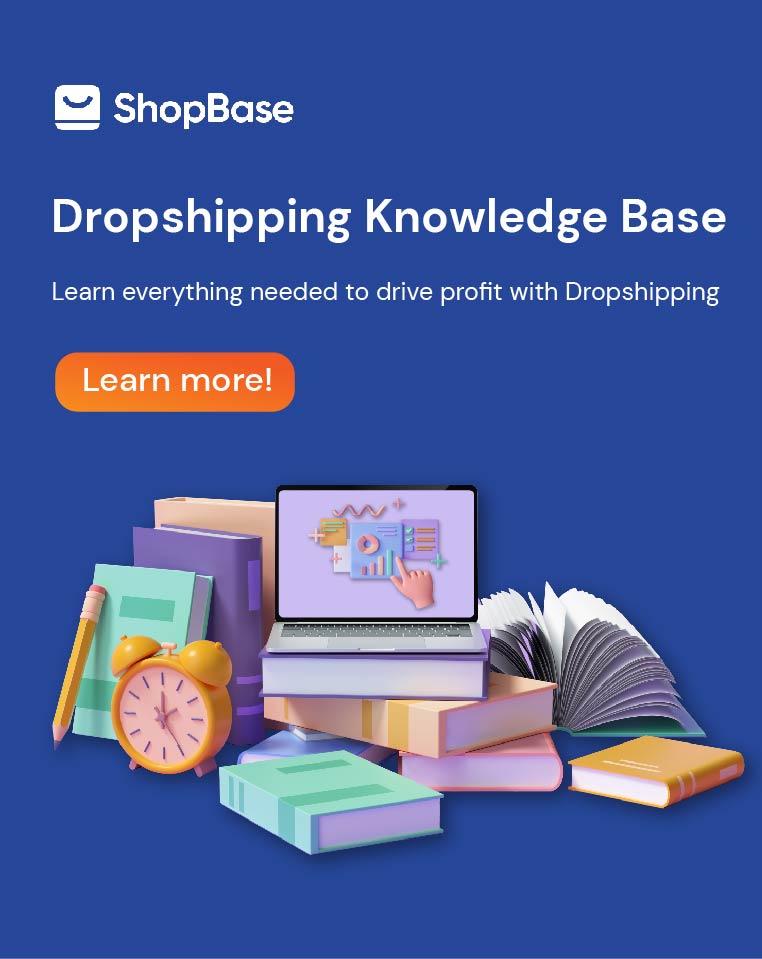Customer segmentation is the process of merging customers into groups together based on frequent characteristics. These groups are advantageous in marketing operations or in analyzing possibly valuable customers, and in processing buyer loyalty.
Common types of customer segmentation include:
- Demographic segmentation
- Geographic segmentation
- Behavioral segmentation
- Psychographic segmentation
- Customer journey segmentation
By applying customer segmentation, you can offer proper product recommendation, timely sales discounts, reasonating marketing messages to each customer group. This is a model that helps us to have a better understanding of the needs of customers.
However, to be specific customer segmentation actually is not:
- Sheer insight about customers.
- A stand-in for strategy or planning.
- Understand which customer segments to pursue.
Segmentation is an ongoing exercise to capture relevant differences between your customers.
THE IMPORTANCE OF CUSTOMER SEGMENTATION
For a growing business, segmentation is necessary to know your customers and your market, and share this understanding across teams.
Customer segmentation helps you with:
- Listing kind of customers in an ordinary way across go-to-market, item, and engineering. For instance , the sales team can bring segmented customer feedback to our product leaders and affect our roadmap.
- Knowing the most and least interactive customers at a granular extent. For example, the analytics team could figure that a customer segment is likely to make purchases frequently, while others just once. In this way, customer segmentation is of importance to build customer loyalty program
- Surfacing promising or untapped business opportunities. For example, in this case, the Marketing team finds out a new segment that is already converting properly without having been specially aimed before.
- Allowing users to make strategic arrangements with a holistic view of buyers. For example, the product team could choose to create a data export API after learning our quickest expanding segment transports their conversation data far more frequently than other segments.
- Informing our approach to the market. For instance, the leadership team might agree to aim the company plan on targeting the segments with the best revenue retention.
- Assessing progress on our marketing strategy. For example, the finance team can prove whether new customer growth is up in our target segments.





